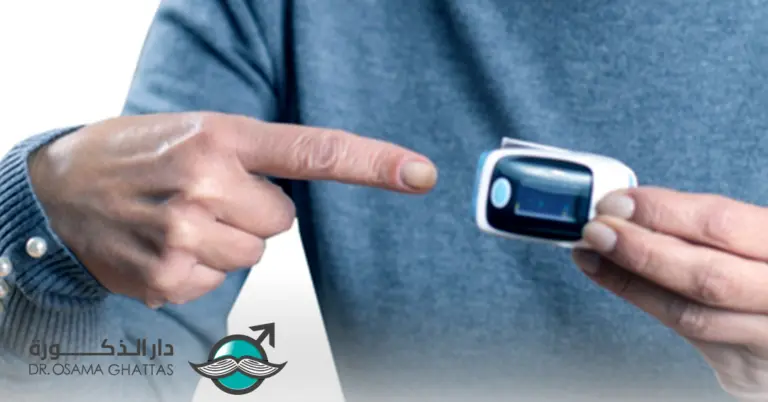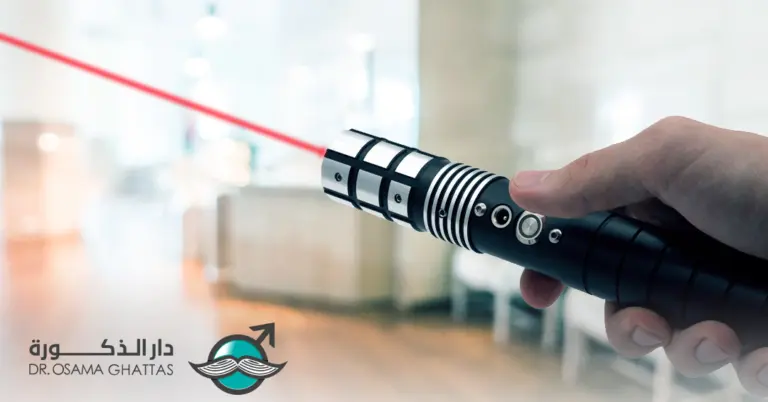The Role of Overhead and Ear Covering in Infection Prevention During Penile Implant Surgery: A Critical Appraisal
Introduction:
Penile prosthesis implantation is a high-stakes procedure in urology, with one of the most feared complications being device infection. To minimize infection risk, operating room protocols emphasize strict sterile technique, appropriate antibiotic prophylaxis, meticulous surgical handling, and environmental controls. Among these, the use of surgical caps or overhead coverings is a long-standing practice designed to reduce the shedding of skin, hair, and microorganisms into the surgical field. Recently, however, there has been debate about whether ear coverage — in addition to scalp and forehead coverage — is necessary or meaningfully contributes to lowering infection risk. This report critically examines the evidence and rationale for requiring overhead coverings that also cover the ears during penile implant surgery.
Rationale Behind Overhead and Ear Covering:
The primary justification for overhead covering is to prevent microbial contamination of the sterile field from the surgeon’s and OR team’s skin, hair, and scalp. Hair and scalp skin are well-known to harbor Staphylococcus aureus and coagulase-negative staphylococci, organisms frequently implicated in surgical site infections (SSIs). However, the ears are composed largely of cartilage and skin with relatively low hair density and sebaceous gland activity compared to the scalp. While they can harbor skin flora, they are generally considered a minor source of bacterial shedding in the OR.
Evidence Review:
Multiple infection control guidelines — including those from the World Health Organization (WHO), Centers for Disease Control and Prevention (CDC), and the Association of periOperative Registered Nurses (AORN) — recommend the use of head coverings to minimize contamination risk. However, none explicitly mandate that ears must be covered. Notably:
- A 2017 review by the CDC Healthcare Infection Control Practices Advisory Committee found no high-quality evidence linking ear exposure to increased SSI risk (Reference: CDC HICPAC, 2017)
- A 2018 study comparing disposable bouffant caps (which often cover the ears) with surgical skull caps (which typically leave ears exposed) found no significant difference in surgical infection rates across various specialties.
- A systematic review evaluating operating room attire and SSI prevention concluded that the specific type of head covering, including ear coverage, has minimal impact on patient outcomes.
In the specific context of penile prosthesis implantation, no studies have been published evaluating the relationship between surgeon headgear type and device infection rates. The factors most consistently associated with reduced infection include:
- Appropriate perioperative antibiotics.
- Antiseptic skin preparation.
- Minimal tissue trauma.
- Shorter operative time.
- Use of antibiotic-coated implants (e.g., AMS InhibiZone, Coloplast Titan).
Practical Considerations and Criticism:
While ensuring overall head coverage is standard and sensible, mandating full ear coverage has several practical downsides:
- Surgeon comfort and performance: Ear-covering caps can interfere with the proper fit of surgical loupes, headlights, and communication headsets, potentially impacting surgical precision and situational awareness.
- Distraction and thermal discomfort: Excessive head and ear covering can lead to overheating or irritation, increasing discomfort over long procedures.
- Lack of cost-effectiveness: Requiring specific caps with ear coverage may impose unnecessary supply costs without clear clinical benefit.
Moreover, focusing excessively on ear coverage can risk distracting from more evidence-based infection control measures that have much higher impact, such as glove changes, laminar airflow, careful handling of the prosthesis, and the use of no-touch techniques.
Conclusion:
Currently, there is no robust evidence supporting the routine requirement of covering the ears with overhead caps to prevent infections during penile prosthesis implantation. While overall head covering remains a sensible component of the sterile protocol, mandating ear coverage may offer minimal to no additional benefit, could introduce practical challenges for the surgical team, and should not overshadow more critical infection prevention measures. Future research in high-infection-risk procedures like penile implants may help clarify whether ear coverage has any measurable impact, but based on current knowledge, it should not be prioritized over established best practices.
References:
Phan, Thi My Dung, and Ngoc Minh Thu Nguyen. “The practices of aseptic technique of perioperative nurses in operation room to prevent surgical site infection: integrative literature review.” (2021).
- Kothari, Shanu N., Madeline J. Anderson, Andrew J. Borgert, Kara J. Kallies, and Todd J. Kowalski. “Bouffant vs skull cap and impact on surgical site infection: does operating room headwear really matter?.” Journal of the American College of Surgeons 227, no. 2 (2018): 198-202.
- The Centers for Disease Control and Prevention. Healthcare Infection Control Practices Advisory Committee (HICPAC) Guidelines. Atlanta: CDC, 2017. https://www.cdc.gov/infectioncontrol/guidelines/index.html.
- World Health Organization. Infection Prevention and Control of Epidemic- and Pandemic-Prone Acute Respiratory Infections in Health Care. Geneva: WHO, 2014. https://www.who.int/csr/bioriskreduction/infection_control/en/.
- Fuglestad, Matthew A., Elisabeth L. Tracey, and Jennifer A. Leinicke. “Evidence-based prevention of surgical site infection.” Surgical Clinics 101, no. 6 (2021): 951-966.
- Beesoon, Sanjay, Beate C. Sydora, Tara Klassen, Timothy Baron, Jill Robert, Rachel Khadaroo, Jonathan White, Mary Brindle, Lesley Barker, and Lisa Spruce. “Does the type of surgical headwear worn in the OR matter? A review of evidence and opinions.” AORN journal 118, no. 3 (2023): 157-168.
- Gologorsky, Yakov. “Bouffant Versus Skull Cap: Does Operating Room Headwear Really Matter?.” World Neurosurgery 119 (2018): 437-437.
- Hafiani, El-Mahdi, Pierre Cassier, Serge Aho, Pierre Albaladejo, Hélène Beloeil, Evelyne Boudot, Philippe Carenco et al. “Guidelines for clothing in the operating theatre, 2021.” Anaesthesia Critical Care & Pain Medicine 41, no. 3 (2022): 101084.
- Phan, Thi My Dung, and Ngoc Minh Thu Nguyen. “The practices of aseptic technique of perioperative nurses in operation room to prevent surgical site infection: integrative literature review.” (2021).


